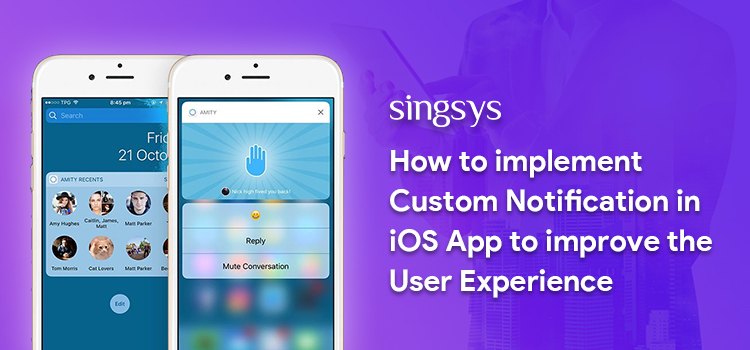
Notifications are an essential feature of any mobile application. They help keep users engaged, informed, and up-to-date with the latest happenings. When it comes to Apple apps, implementing notifications can be a bit tricky. However, with the right approach and a little bit of know-how, it can be done without much hassle. In this article, we’ll discuss how to implement notifications inside an Apple app.
Step 1: Enable Push Notifications
Before you can start implementing notifications inside your app, you need to enable push notifications for your app. To do this, you’ll need to create a new App ID and configure your app for push notifications. You can do this by following the steps outlined in the Apple Developer Documentation.
Step 2: Create a Notification Service Extension
The next step in implementing notifications inside your Apple app is to create a Notification Service Extension. This extension will handle the incoming notifications and allow you to customize the notification content before it’s displayed to the user. To create a Notification Service Extension, follow these steps:
- In Xcode, select File > New > Target.
- Choose Notification Service Extension from the list of templates.
- Fill in the necessary details, such as the product name and organization identifier.
- Click Finish to create the extension.
Step 3: Handle Remote Notifications
Now that you have enabled push notifications and created a Notification Service Extension, it’s time to handle remote notifications inside your app. To do this, you’ll need to implement the didReceiveRemoteNotification method in your app delegate. This method will be called whenever a new notification arrives.
Step 4: Local Notifications
In addition to remote notifications, you can also implement local notifications inside your app. Local notifications are notifications that are triggered by your app and don’t require a server to send them. To implement local notifications, you’ll need to use the UNUserNotificationCenter API.
Conclusion
Implementing notifications inside an Apple app may seem daunting at first, but with the right approach, it can be done easily. By following these steps, you’ll be able to enable push notifications, create a Notification Service Extension, handle remote notifications, and implement local notifications. This will help keep your users engaged, informed, and up-to-date with the latest happenings in your app.